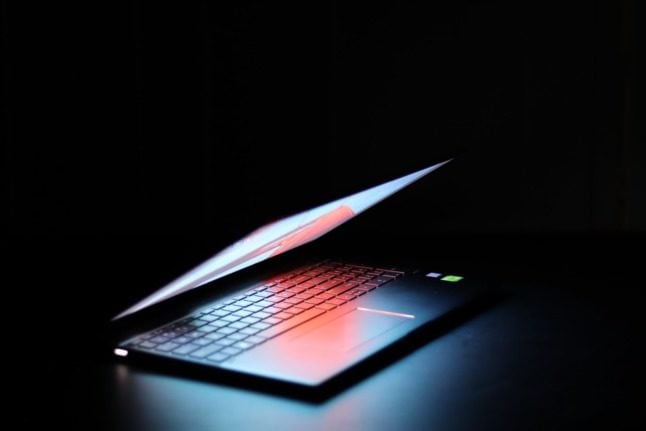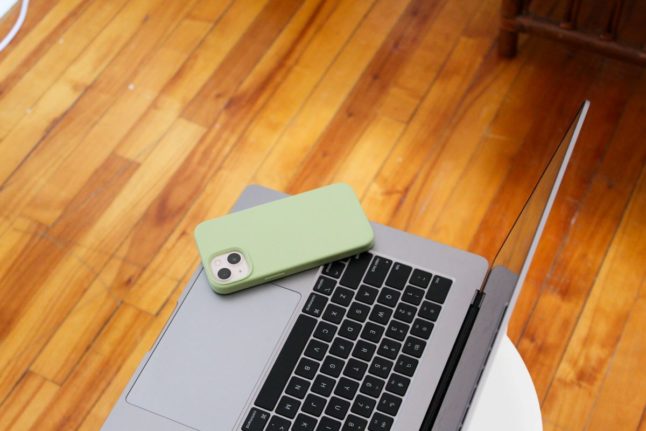In Norway, all residents are required by authorities and government services to have some form of identification number.
These come in the form of either a “personnummer” or “fødselsnummer” (National Identity Number) or a D-number.
People are typically issued a D-number when they first move to Norway by the tax authority. However, if they intend to stay in the country longer than six months, they will need a National Identity Number. The tax authority also issues these.
The reason why these identification numbers are essential is that they are used to open bank accounts, access government online services from the Norwegian Labour and Welfare Administration (NAV) and the Norwegian Tax Administration.
To use these services, many will also need an electronic ID also. For example, electronic ID’s are used to sign in to government services or helsenorge, Norway’s digital health portal where residents can access medical history, prescriptions and check their Covid-19 certificate.
Many residents found that in some cases, they won’t be issued a certain types of electronic ID without a fødselsnummer. This can create issues because, without an electronic ID, they cannot access government services.
For example, many banks will not issue residents a BankID without a Norwegian Identity Number. This, most of the time is bank policy rather than a rule. This can leave many feeling locked out, but fortunately, there are alternatives.
READ MORE: Everything foreigners in Norway need to know about electronic IDs
MinID
You can order a MinID with just a D-number. Additionally, MindID is free. This is the most straightforward option for people who have just moved to Norway. This is because even if you don’t have an address in the national population register, you can order your MinID pincode letter to the nearest Norwegian Labour and Welfare Administration (NAV) office.
You can order the pincode letter required to set up a MinID here.
The main drawback with MinID is that it doesn’t come with the same security privileges as other options. For example, you can access NAV, but you cannot sign in to view your Covid-19 certificate.
Buypass ID
Buypass ID comes as a smart card and reader with the highest security clearance, level four.
Having level four security electronic ID allows access to online prescriptions and your digital Covid-19 certificate.
The biggest drawback to Buypass ID is that new customers pay 899 kroner for its eID service.
All new Buypass users must also carry out an identification check.
You will have to undergo the ID check at your local post office. You will need to bring a valid passport, and a document issued by a public body containing a D-number can be used.
Commfides
Commfides is a USB stick that grants the same security access as Buypass and BankID. You can order Commfides with a D-number but will need to upload a document containing the D-number, such as a tax return.
You will then need to do an in-person identity check when picking up your Commfides from the post office or their offices in Lysaker, Oslo.
Like Buypass, Commfides is a paid service. Commfides will set you back 1,180 kroner, and the ID will last for three years.
To log into public services with Commfides, you will need to download the Commfides plugin, select Commfides as your preferred electronic ID, insert the Commfides USB, enter the pin you were issued, and log in.
Try bankID again
Firstly, you can try obtaining a bankID from different banks. Some banks will say that it isn’t possible to get bankID with just a D-number, but this is just their own policy rather than a rule.
Some banks may be more willing to issue a BankID to customers with a D-number. The issue with this is that it can be down to the luck of the draw at times, depending on who you get to speak to from which bank.
Additionally, opening accounts with banks or speaking to various customer service teams about whether or not you can have a bankID can be frustrating and time-consuming way to obtain an e-ID. However, it may be worth it as bankID is free, unlike the other options that come with the highest security clearance.



 Please whitelist us to continue reading.
Please whitelist us to continue reading.
Member comments